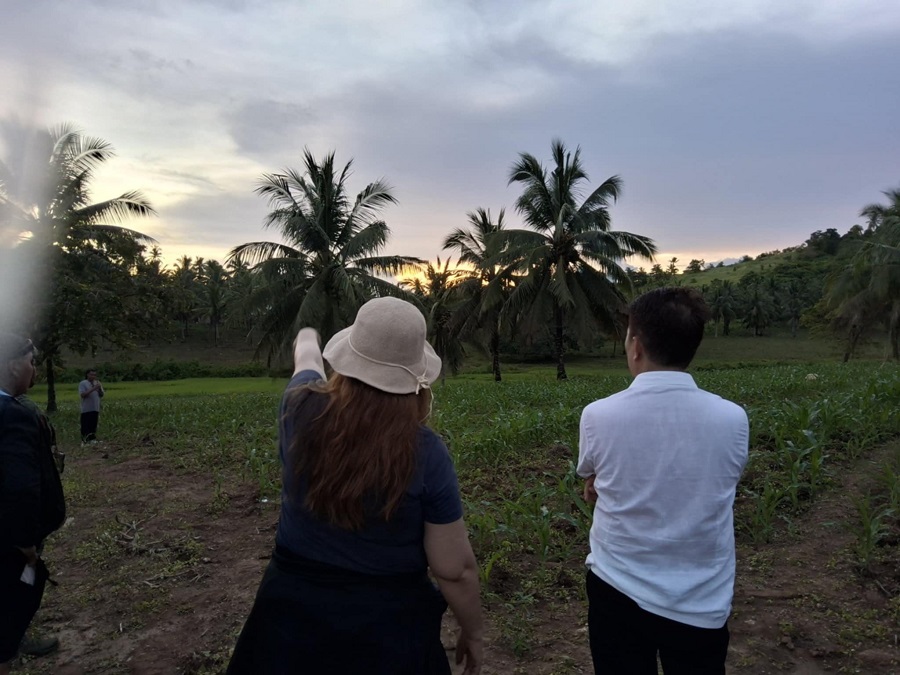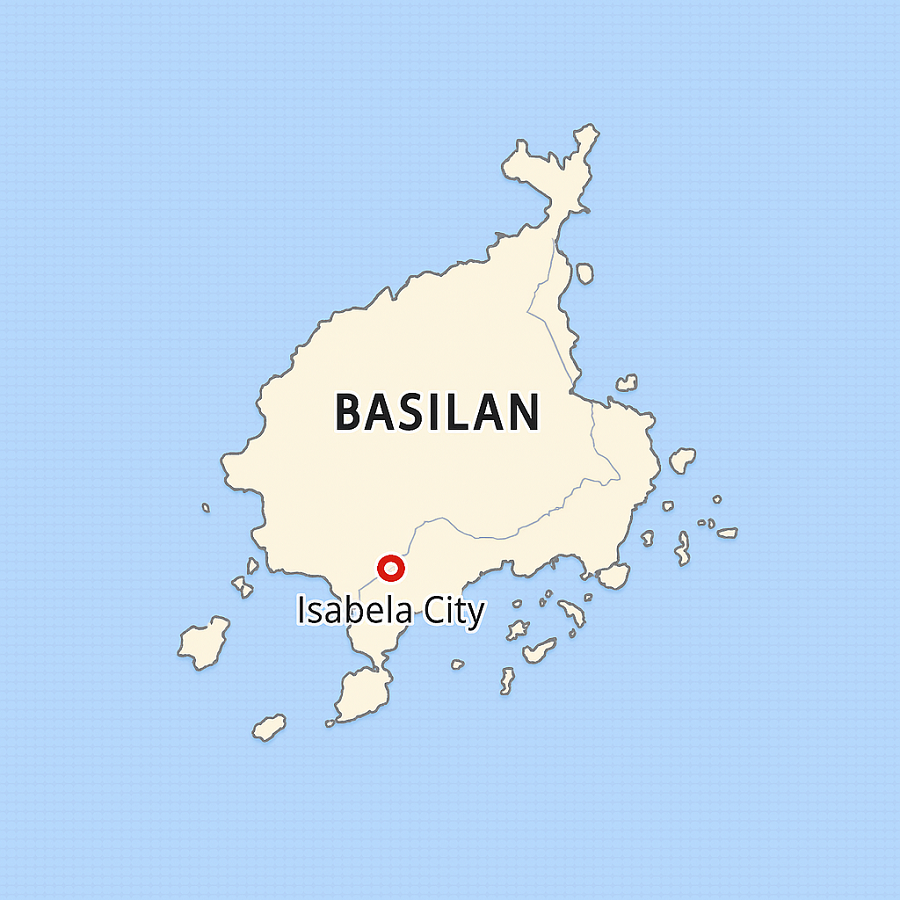TUNGAWAN, Zamboanga Sibugay — The road to progress here is long, uneven, and mostly unpaved. For Mayor Angelito Aniñon, that road isn’t just literal—it’s the path toward pulling this quiet coastal municipality out of poverty and into sustainable growth.
Tungawan, home to more than 46,000 residents, sits on the western stretch of Zamboanga Sibugay, where rolling farmlands meet the Sibuguey Bay. It’s a town rich in land and sea but short on opportunities, a place where most families still depend on agriculture to get by.
A Growing Town with Growing Pains
In the last five years, Tungawan’s population grew by more than 10 percent, but its economy hasn’t kept pace. The town’s main sources of income remain farming and fishing, sectors that Mayor Aniñon admits are both “overworked and underprotected.”
“Our people work hard, but the market works against them,” he said in a recent interview. “We need to build a system that rewards effort, not just survival.”
The local government’s books tell a mixed story. In 2016, Tungawan’s annual regular income hit ₱144 million, up from ₱85 million in 2009—a steady climb but still modest for a town this size.
Most of that revenue comes from national government shares, not local business activity.
Poverty Persists
Data from the Department of Agriculture’s SAAD Phase 2 program shows Tungawan’s poverty incidence at 36.3 percent, one of the highest in Zamboanga Sibugay. The provincial average sits at around 26 percent, underscoring how far the municipality still trails behind.
Employment data is thin, but what exists paints a picture of an economy running on informality. Many residents juggle multiple sources of income—farm work by day, fishing or trading by night—just to get by.
To address this, Mayor Aniñon seeks to increase agricultural productivity and income especially among farmers and fisherfolks.
“We must increase the productivity of the agricultural sector and link it with the market so that our people will have money to sustain the businesses,” the mayor said.
“We’re trying to make the sea and the soil work for our people again,” said Aniñon. He acknowledge, however, it takes more than one term to change the habits of poverty.
Nutrition: A Hard Battle Ahead
Tungawan has also struggled with malnutrition for years. At one point, it ranked among the region’s worst in child nutrition. Since 2021, for instance, the town has the highest malnutrition rate among the 16 towns of Zamboanga Sibugay.
Several government interventions to address the issue of malnutrition and even received recognition for its efforts in the past.
But health officials warn that to pull out the town from the top list requires stable funding—a challenge for an LGU that still depends heavily on external aid.
Governance and Trust
Good governance remains a test.
In 2015, the Commission on Audit cited Tungawan for ₱1.2 million worth of unimplemented infrastructure projects.
Aniñon sees the need for tighter fiscal control and transparency.
Residents say they’re still waiting to see bigger improvements in roads, water systems, and public facilities.
The town has favorable peace and order, partly due to the peace agreement between the government and the Moro Islamic Liberation Front (MILF).
Crime data from 2023-2025 planning document shows Tungawan has an average monthly index crime rate of just 4.21 and a crime clearance efficiency of 85 percent—a sign that local policing and barangay coordination are working.
The Wider Context
Across Zamboanga Sibugay, the economy grew 6 percent in 2023, the fastest in the region, before slowing to 2.3 percent in 2024. The province’s per-capita GDP sits at about ₱98,586, a figure that highlights the gap between provincial averages and small-town realities like Tungawan’s.
For Mayor Aniñon, that gap defines his administration’s challenge: translating growth on paper into progress on the ground.
“We’ve come a long way,” he said. “But the road ahead is still long—and we have to keep walking it together.”
A Town Still Waiting
As dusk falls on the coastal highway that cuts through Tungawan, coconut trees cast long shadows over half-finished roads and quiet fishing villages. Progress is visible—but only in fragments.
For now, the promise of development rests on a mayor’s persistence, a people’s patience, and a town’s enduring hope that someday, the long road will finally lead somewhere better.



